James Supplee
Director of GMAT Prep
Interpreting GMAT scores can feel like a difficult GMAT Math problem, so here’s a quick rundown to help you navigate the GMAT score terrain.
The first and most important number on your score report is the composite score, which ranges from 200-800. The current average is 561, although averages and score percentiles fluctuate because they are based on the performance of test takers only in the past three years. Though your composite score will never change, your percentile ranking may vary by 1 or 2 points based on the performance of recent test takers.
The composite score is based on only the Verbal and Quantitative scores. These range from 6 to 51 individually, although key factors of their distributions vary widely. On the Quantitative side, a score of 40 is in the 39th percentile currently, while a 40 in Verbal is a 90th percentile score, since these sections are scaled separately. The GMAC doesn’t release the exact relationship between Verbal/Quant combinations and composite scores, although Magoosh, for example, has created an estimated conversion table based on the voluntarily-submitted scores of their users.
The two sections that aren’t included in the composite score are the Integrated Reasoning (IR) and the Analytical Writing Assessment (AWA) scores. IR is scored on a scale from 1 to 8, with average and median scores near 4, while AWA is scored on a scale from 0 to 6, with an average of roughly 4.5 and a median of 5. Again, these statistics are based solely on the past three years of data and are updated frequently.
What makes a good GMAT score? Well, that’s deserves its own post. But the short answer is, “It depends.” It depends on your goals and the skills you’re trying to demonstrate to your b-school of choice. Top-10 b-schools currently have average GMAT scores around 730, schools ranked in the 70 to 100 range have average scores around 600, according to US News and World Report. Whatever your goals may be, we at Clayborne are here to help you achieve them.




